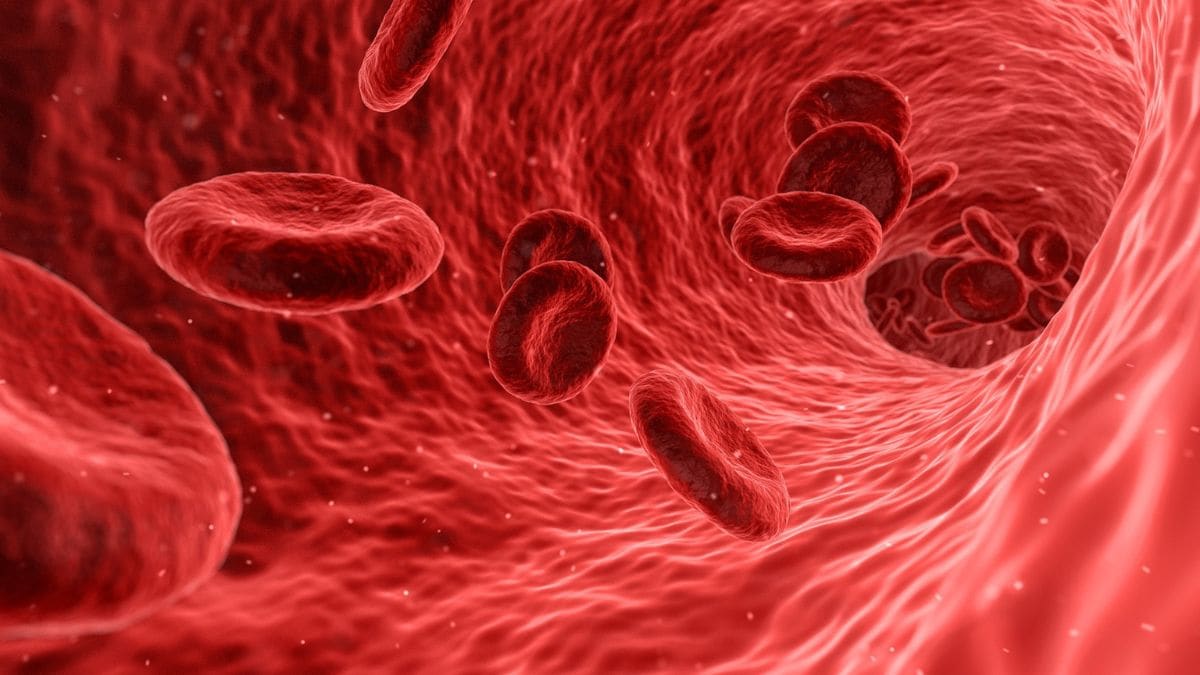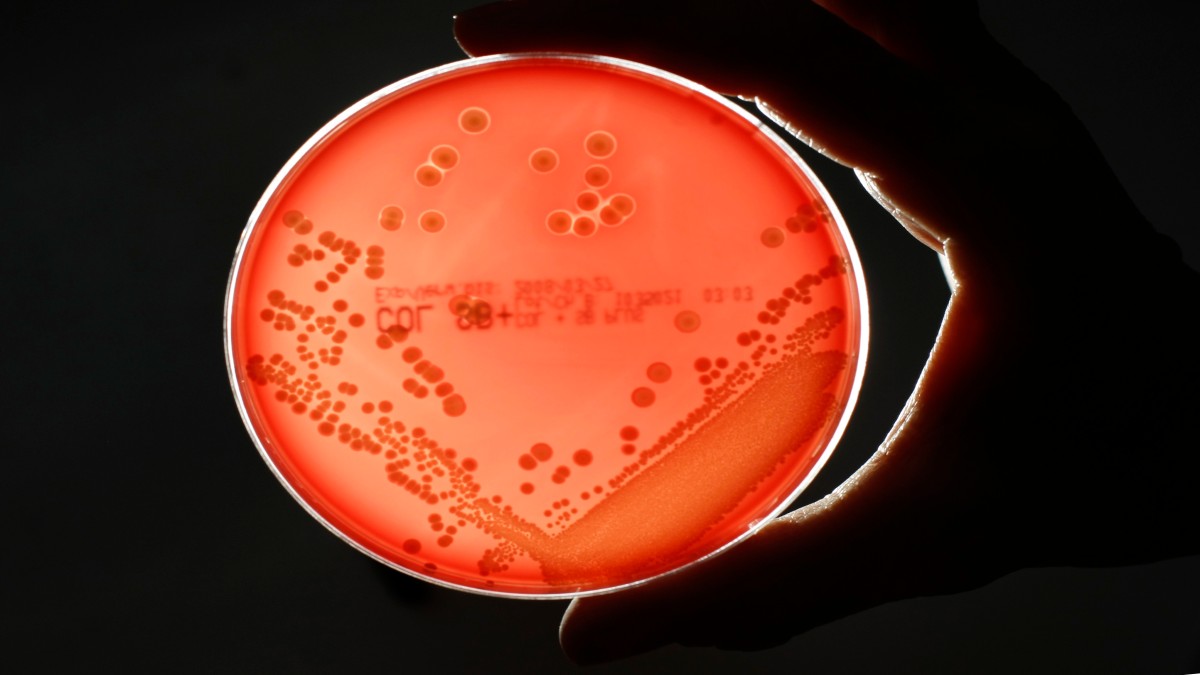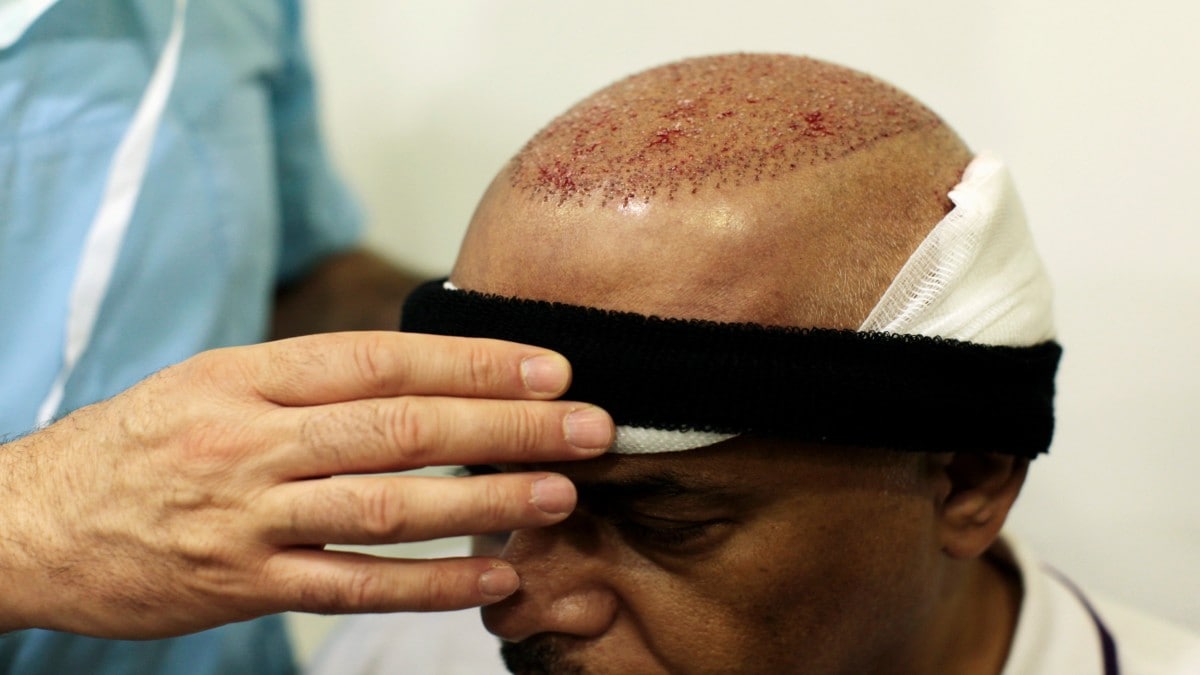Non-alcoholic fatty liver disease (NAFLD) among young people is alarmingly on the rise. Obesity, type II diabetes, hypertension, lipid abnormalities (dyslipidemia), and insulin resistance are the main causes. The other two reasons behind the rising cases of liver disorder are an inactive lifestyle and a diet of processed food
)
The two biggest contributing causes for NAFLD in recent years have been a sedentary lifestyle and a large diet of processed carbohydrates. Freepik/Representative Image
Fatty liver disease has become a silent killer in India in recent times.
Non-alcoholic fatty liver disease (NAFLD) among young people is alarmingly on the rise.
Previously, it was believed to only affect individuals with a history of alcohol consumption.
But what’s behind the rise in NAFLD cases?
Let’s take a closer look.
About NAFLD
A liver disorder that affects people who drink little to no alcohol is known as non-alcoholic fatty liver disease, or NAFLD. In such conditions, the liver accumulates excessive fat, as per India Today.
It is most often observed in obese individuals.
Since it doesn’t show symptoms in the early stages, non-alcoholic fatty liver disease (NAFLD) is frequently overlooked, though it can worsen in certain people who already have severe liver disease, The New Indian Express stated.
Rising NAFLD cases
According to India Today, which cited doctors in Bengaluru, women between the ages of 20 and 40 account for the majority of these instances in the city, with a 15 per cent rise in cases reported in the past decade.
It has been estimated that eight to 16 per cent of adolescents have NAFLD. Before the age of 50, men were far more likely than women (7.1 per cent) to have fatty liver (13.8 per cent).
Last year, an AIIMS study reported that over one-third (38 per cent) of Indians have fatty liver.
According to PTI, the phenomenon is not restricted to adults, but affects nearly 35 per cent of children as well, says the study published in the Journal of Clinical and Experimental Hepatology in June 2022.
The Times of India reported, citing experts, that one in three children has NAFLD, primarily because of excess sugar consumption. The number of children with the liver disease has risen from 10 to 33 per cent in just a decade.
As per a 2023 study that was published in The Lancet Regional – South East Asia, there is an elevated level of heterogeneity in the general prevalence of NAFLD, which is around 26.9 per cent, and individuals with metabolic problems have a risk of up to 54 per cent for the condition.
In rural areas, the prevalence was 22.6 per cent, whereas in urban areas, it was 32.9 per cent.
“The prevalence of NAFLD varies from region to region. Overall, one in every three people has a fatty liver. A study conducted in Chandigarh found 53 per cent of 1,000 blood donors with fatty liver. A meta-analysis of 50 studies conducted across the country involving around 24,000 adults found that 38.6 per cent of them had fatty liver. The prevalence among adolescents is around 35 per cent,” said Dr Ajay Duseja, head of the hepatology department at PGIMER, Chandigarh, as per The New Indian Express.
Also read: How popular painkiller paracetamol may be injurious to your liver
The reason behind it
Obesity, type 2 diabetes, hypertension, lipid abnormalities (dyslipidemia), and insulin resistance are the main causes of non-alcoholic fatty liver disease.
The other two biggest contributing causes have also been an inactive lifestyle and a large diet of processed carbohydrates.
“The cause of ‘fatty liver‘ or ‘steatohepatitis’ is the recent westernisation of our diets which involves increased intake of fast food, lack of healthy fruits and vegetables on the plate, and an unhealthy and sedentary lifestyle,” Dr Anoop Saraya, Head of Department of Gastroenterology, told PTI last year.
He said the ailment is considered the “liver counterpart” of metabolic diseases such as diabetes, hypertension and heart disease. Although there is currently no approved drug treatment for fatty liver, the condition is reversible, he added.
“Several reasons contribute to NAFLD, including an inactive lifestyle, smoking, drinking, consuming ultra-processed food and weight mismanagement. If obesity is not addressed at the earliest, it could lead to type 2 diabetes, hypertension and end-stage liver disease that can be fatal,” said Dr Irshad Ali H, Consultant Gastroenterologist, SPARSH Hospital, Bangalore, to the channel.
Also read: Can your liver heal itself once you stop drinking alcohol?
Common causes of liver disease in India
According to experts, drinking alcohol is still a major factor in liver disease in India. Drinking alcohol can cause cirrhosis and “alcoholic hepatitis,” which can develop into liver cancer and ultimately result in death.
“Alcohol accounts for most of the cases of severe liver damage which are admitted to hospitals with diagnosis such as ‘acute chronic liver failure’ and these have a high mortality,” Dr Saraya stated.
The fact that there is no specialised medication for treating alcoholic hepatitis and the high recidivism rate among the few individuals who do survive this illness complicates the situation. Since alcohol is not safe for the liver, the only method to prevent this fatal illness is to quit alcohol.
Experts warn that using popular over-the-counter medications, which are usually regarded as harmless, could damage the liver.
Antibiotics, antiepileptic drugs, chemotherapy, drugs used to treat tuberculosis, and drugs taken as complementary and alternative medicine (CAM) have also been linked to liver damage.
Also read: The alarming rise of fatty liver disease among Indians
Prevention
Precautions should be taken to reduce the risk of non-alcoholic fatty liver disease.
Limiting a diet heavy in processed foods and high in sugars and saturated fats is recommended. The liver accumulates fat as a result of eating certain foods.
Make a balanced diet high in whole grains, fruits, vegetables, and lean proteins your priority to lower your risk of NAFLD.
Restricting sugar and processed carbs is one way to follow a diet. Drugs such as vitamin E, saroglitazar, semaglutide, obeticlic acid, etc. are used to treat people whose liver functions are abnormal. Dr Vijay Kumar HJ, a gastroenterologist at Apollo Clinic, HSR Layout, Bengaluru, told India Today that fibroscan is a non-invasive technique to assess liver damage.
“The only way to conquer this new epidemic is to adopt a healthy lifestyle and achieve weight loss in obese individuals through adequate diet, restrict junk and sugary food intake, and exercise regularly,” Saraya noted, as per PTI.
Plan routine check-ups with your doctor to ensure that any underlying health issues related to NAFLD are detected and managed early on.
With inputs from PTI

 5 months ago
18
5 months ago
18


















)
)
)
)
)
)
)
 English (US) ·
English (US) ·